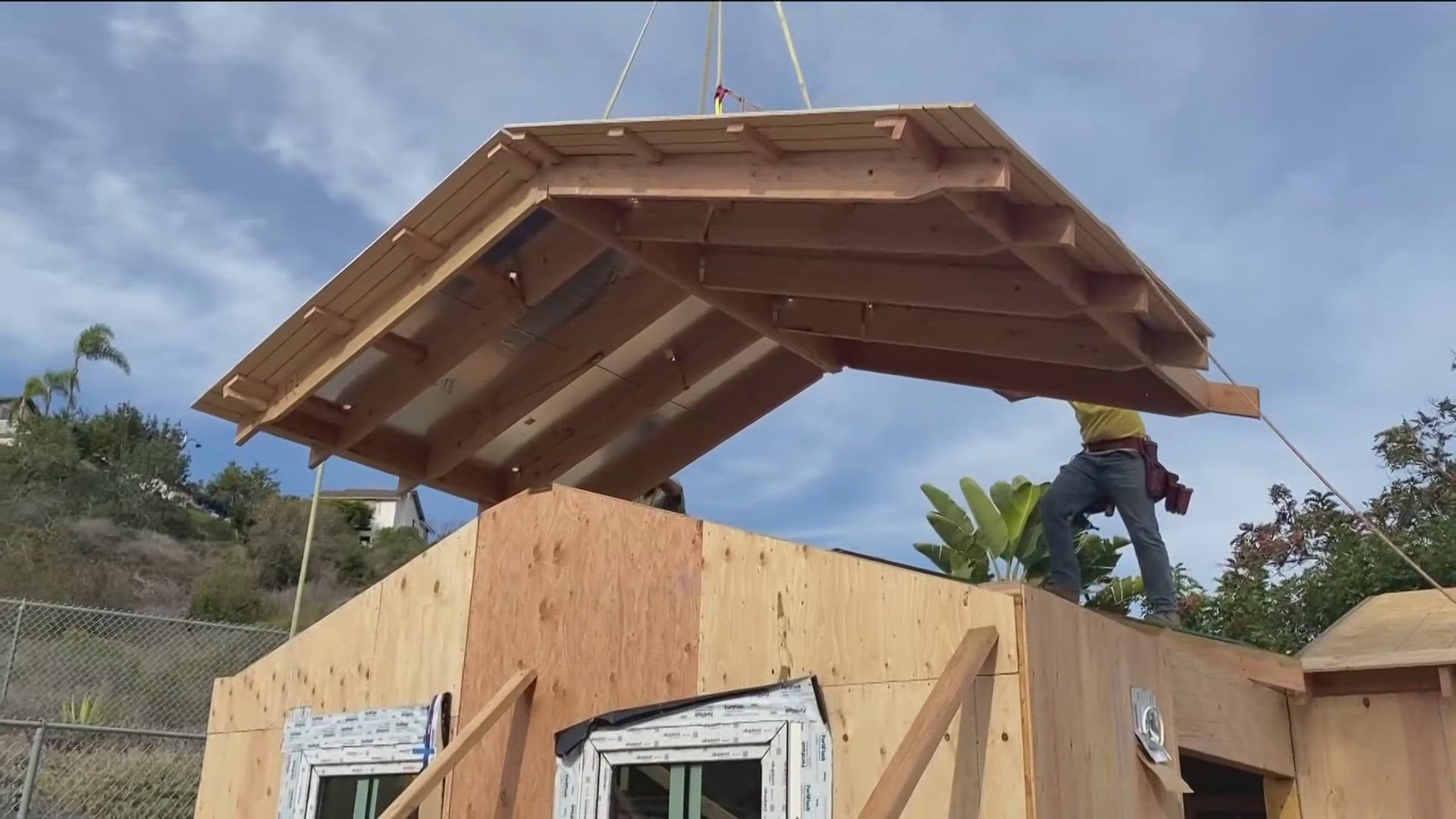SAN DIEGO — Over the last couple of years, CBS 8 has brought you numerous reports about the boom in accessory dwelling unit (ADU) construction in the City of San Diego, covering everything from single-story granny flats to 17-ADUs added on a single-family lot.
CBS 8 is Working For You to explain the City's permitting process.
ADUs
“San Diego is in a housing crisis, and accessory dwelling units are an important solution to help meet our housing needs,” said J.C. Thomas, Assistant Director of Development Services.
Of the 10,000 homes approved for construction last year, 1,909 or roughly 20% of them were ADUs. According to Michael Prinz, Program Manager at Development Services, the city needs 82,000 more homes built over the next 5 years to meet its share of the regional housing needs.
“In a city that is built out where we have very little vacant land available, accessory dwelling units are an important tool to help us meet those housing needs and to help property owners build for the future and for their families and for the community as a whole,” said Prinz.
Whether you’re a big developer utilizing the City's ADU Bonus Program or a regular homeowner building one granny flat on your property, the overall permitting process is the same. The average time for permit approval is 217 days.
“ADUs can be a little trickier," said Thomas. "We’re talking about a lot that already has an established building on it, a house, and trying to meet the requirements, there are still some challenges.”
One of those challenges can be knowing the setbacks required for your project. It all depends on the height of your ADU. If you’re building one under 16 feet tall, it can go right up to the property line on the rear and side yard, but if it’s taller than that, you need at least 4 feet of clearance in most cases.
Once you submit your plans online and pay a permit review fee, which can range from $1,500 to $2,500 typically, DSD staff will conduct their first review within 30 days and let you know if any corrections need to be made.
CBS 8 asked Thomas for some tips to avoid delays.
“Making sure you have a licensed architect to assist you, a licensed contractor that has a proven track record of experience in construction of an ADU, those things are very important,” said Thomas.
If you’re a do-it-yourself kind of person, the city has tutorials and instructional videos for you on the Development Services website, as well as a customer service phone line for questions.
Once you’ve made all the necessary corrections to your plans and the city signs off, you will be asked to pay various fees before you can start building.
“Through the construction phase, which can take several months. and some have taken much longer depending upon your contractor and your location, we’ll do the inspections all the way to closing out the inspection and having you be able to get the keys to your new home,” said Thomas.
If you need any advice along the way, you can set up a virtual appointment with one of their planners to make sure your application is complete when you turn it in.
For more information on ADU regulations, you can visit the City's Accessory Dwelling Unit/Junior Accessory Dwelling Unit webpage.

